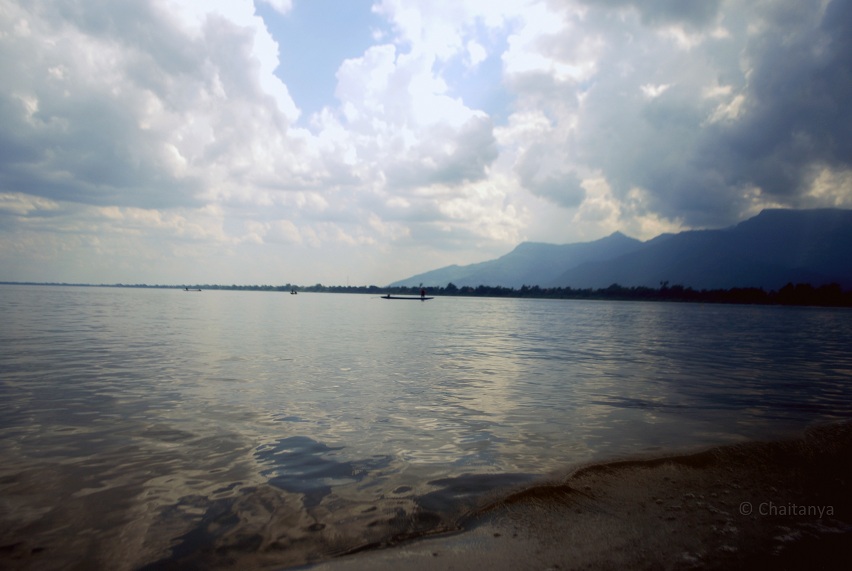Travelers to SE Asia, will most likely have a brush with the Mekong. After experiencing which, they will usually refer to it as the Mighty Mekong.
The river is “omnipresent” in the region, originating in Tibetan Plateau, it flows through parts of China, Myanmar, Thailand, Laos, Cambodia and Vietnam before merging with the South China Sea.
As is in most riverside communities, the locals speak of it very highly. Most around the Mekong make a livelihood stemming from it – ranging from the traditional professions(like fishing), to catering to newer demands like, offering sunrise/sunset boating trips, restaurants on the river side, river side Karaoke etc.
The river is a lifeline to many people in many countries in many ways – providing a supply of drinking water, alternative transportation channel, supplying the farms with irrigation water etc. while establishing a unique and prized ecosystem around itself.
Dams on the Mekong, have always sparked lots of controversy and protests, with concerns on lost fish protein and additional implications of damage to land and water resources.
Hyderopower developments causes a domino effect within the Mekong basin – impacting one or more of the six countries the river quenches. On the one hand, such projects enable economic development and help in meeting the energy demands while on the other the altered water & sediment flow, has severe impacts on the environment and the livelihoods of the rural Mekong population.
As is the case with most river projects, the downstream countries are mainly subject to the negative aspects of such human interference.
As per 2015 statistics, China has built six hydroelectric dams on its stretch of the Mekong, while Laos and Cambodia plan another 11, along with dozens more on its major tributaries.
Once considered a hot bed for natural diversity, the Mekong is struggling to survive the development around it.
The combined effects of drought, climate change and dam building are pushing the resources of the Mekong Basin to the brink of disaster.
– Maureen Harris, Southeast Asia programme director of the river protection organisation, International Rivers.
During my travel to Cambodia, I recollect travel agents and locals speaking of the new found hardships that the natives of precious and indigenous floating villages on the Tonlé Sap Lake, face ( Tonlé Sap Lake is fed by the tributaries of Mekong).
In an UN study for the year 2016, it was noted that the Mekong is at its lowest level since records began nearly 100 years ago. The waters are almost half as high as the average level for this time of year. You would think that climate change is largely to blame for this, unfortunately one of the factors is “daming” of the river. Each dam that is in place converts the lower stretches into stagnant reservoirs and irrevocably changes the river ecosystem.

A few years ago, a cruise along the river on a houseboat was considered a travel must do. This beauty is now being set to fail.
China, it appears is the nation with the maximum and every growing control in how the resources of Mekong are used. In March 2016, it even established a partnership between the six Mekong countries, called ‘Lancang-Mekong Cooperation, which aims to focus on development and encourage “good neighbourliness”.
What lies ahead is bleak – alongside the existing dams and the 11 major new ones planned, hundreds more are either under construction or in the planning along the Mekong’s many tributaries.
When I visited the floating markets of Mekong, I imagined how things appear to have remained unchanged for many decades and centuries. Vendors selling fresh fish, a backdrop of rice fields with farmers wearing conical hats.
All that seems to be changing, the parts of the natural ecosystem that had remained vastly unchanged for so long will soon show effects of human interference.
The threat that Mekong may not be mighty for long, looms large.
Here is a great essay by The Economist, on whether the Mekong can survive it’s development.

